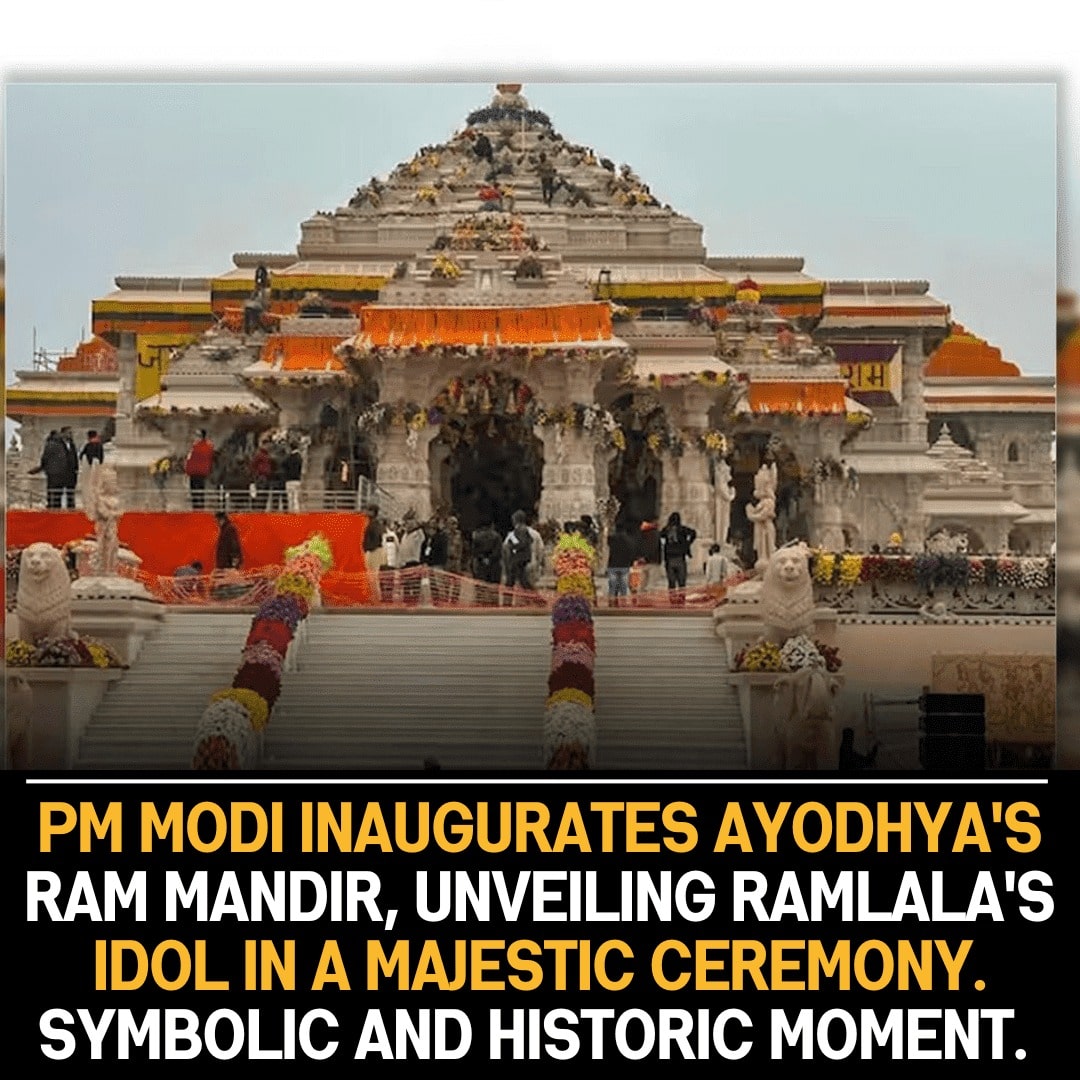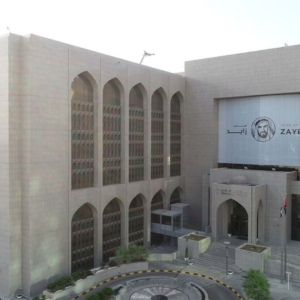In a momentous and historic ceremony, Prime Minister Modi inaugurated Ayodhya’s Ram Mandir, unveiling the idol of Ramlala. This symbolic event holds profound significance in India’s cultural and religious heritage, signifying a monumental milestone in the long-standing narrative of the Ayodhya Ram Janmabhoomi.
The inauguration of the Ram Mandir stands as a testament to the aspirations and sentiments of millions of Indians who have held the dream of witnessing the construction of a grand temple dedicated to Lord Ram in Ayodhya. The temple, which has been a focal point of contention and legal battles for decades, now emerges as a symbol of national unity, religious harmony, and cultural resilience.
The majestic ceremony, attended by dignitaries, religious leaders, and the public, was steeped in tradition and reverence. Prime Minister Modi, in his role as the chief guest, played a central role in the proceedings, reflecting the government’s commitment to realizing this historic project. The unveiling of the idol of Ramlala, a manifestation of Lord Ram as an infant, added a spiritual dimension to the event, drawing devotees into a sacred space that transcends the physical structure of the temple.
The Ram Mandir holds a special place in the hearts of millions of Hindus, representing not just a place of worship but a cultural and spiritual heritage deeply rooted in the collective consciousness of the nation. The temple complex is envisioned as a symbol of architectural grandeur, embodying the rich traditions of Hindu art and culture. Its construction marks the fulfillment of a longstanding aspiration and the dawn of a new chapter in Ayodhya’s cultural landscape.
Beyond its religious significance, the inauguration of the Ram Mandir carries broader implications for India’s socio-political fabric. The event underscores the government’s commitment to respecting and acknowledging the diverse cultural and religious identities within the country. It serves as a beacon of religious tolerance and pluralism, emphasizing the importance of coexistence and mutual respect in a nation known for its religious diversity.
The symbolism of the ceremony extends beyond national borders, resonating with the Indian diaspora worldwide. The Ayodhya Ram Mandir holds a place of reverence not only for those within the borders of India but for Hindus around the globe, becoming a unifying force that connects people across continents in a shared cultural and spiritual heritage.
In conclusion, the inauguration of Ayodhya’s Ram Mandir by Prime Minister Modi marks a historic and symbolic moment in India’s cultural and religious narrative. The grand ceremony and the unveiling of Ramlala’s idol signify the realization of a collective dream, emphasizing the values of unity, cultural pride, and religious tolerance. As the temple becomes a physical manifestation of faith, it also stands as a testament to the resilience of India’s rich cultural tapestry.









